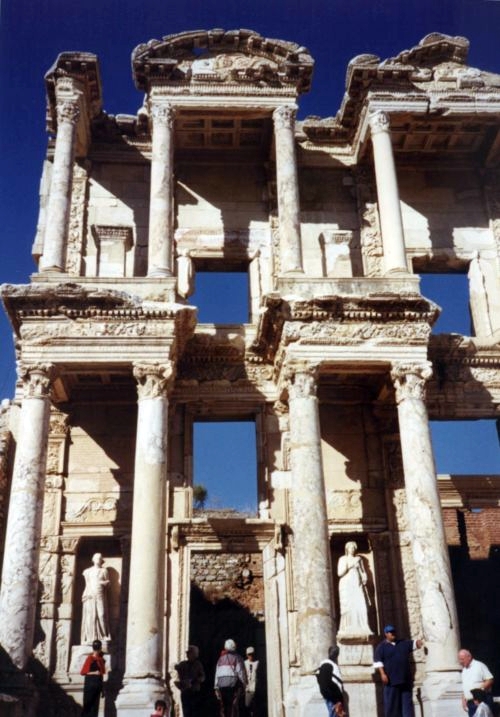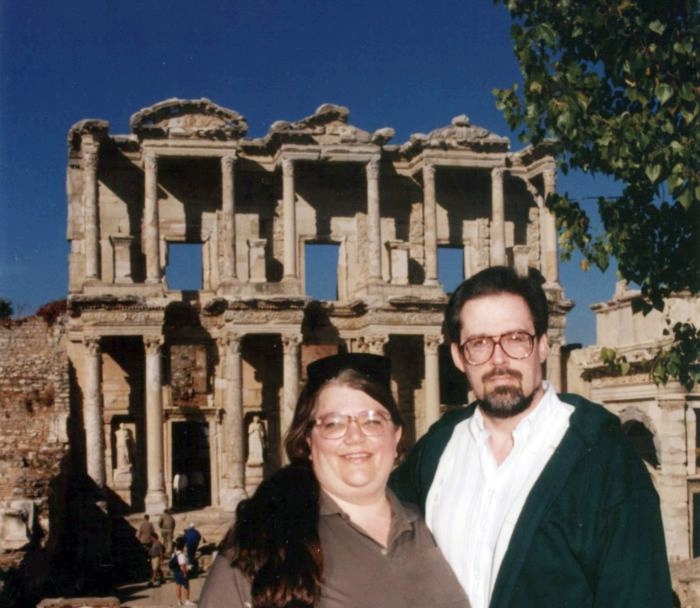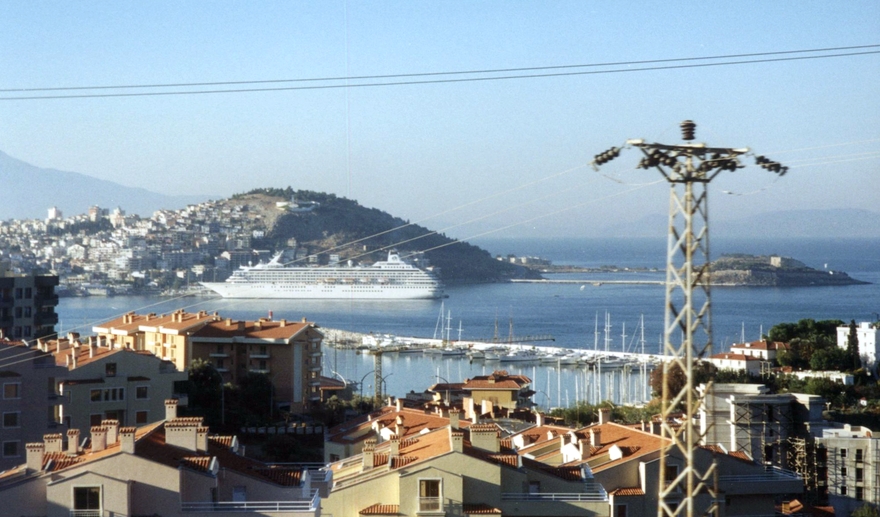
The Symphony in the port of Kusadasi, Turkey
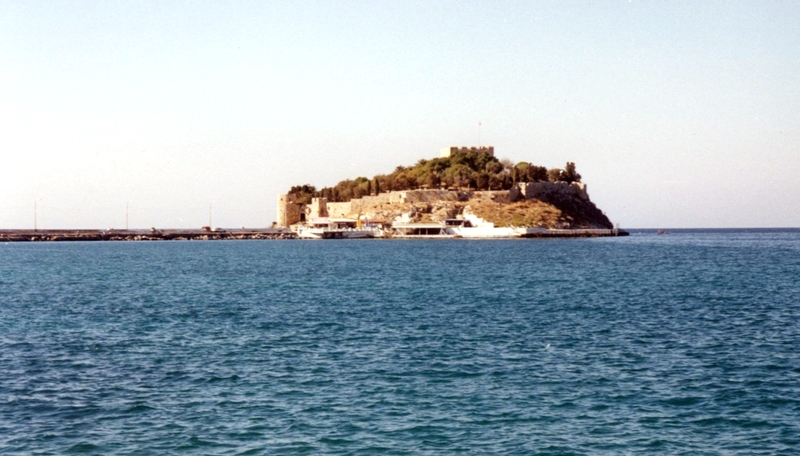
Ephesus
Founded in the 11th century BCE by Ionian Greeks, Ephesus was conquered and invaded by various groups through the ages. The city passed to Roman rule in 189 b.c. After being destroyed by the Goths in a.d. 262, Ephesus was rebuilt, but never regained its former splendor. Under the Byzantine Empire it declined, and its harbor silted up (it’s now 5–6 km from the water!); it was abandoned in the 14th century.
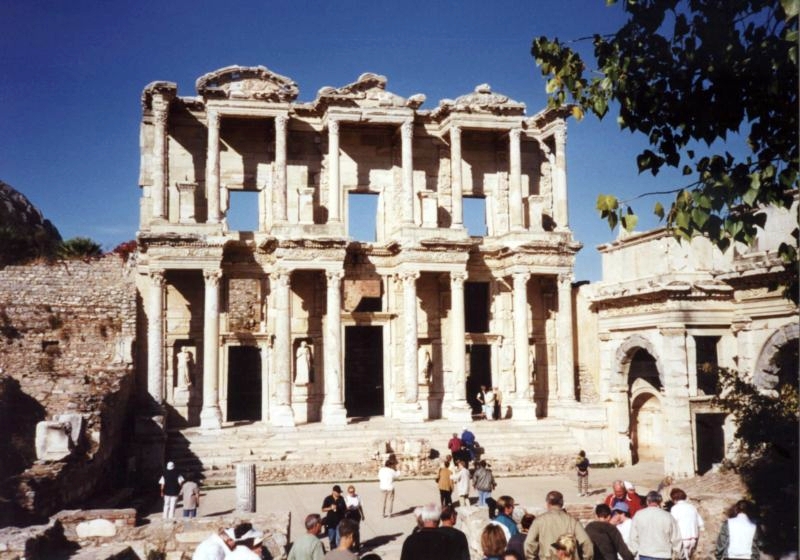
The Celsus Library was built in 117 A.D. as a tomb for
Gaius Julius Celsus Polemaeanus, the governor of the province of Asia.

The Gate of Mazeus and Mythridates was built in 40 a.d.
A Latin inscription with inlaid letters made of bronze is still visible on one side of the structure. Part of the inscription states: “From the Emperor Caesar Augustus, the son of the god, the greatest of the priests, who was consul twelve and tribune twenty times; and the wife of August Livia; the son of Lucus, Marc Agrippa who was consul three times, Emperor, and tribune six times; and the daughter of Julio Caesar Augustus, Mazeus and Mythridates to their master and the people.”
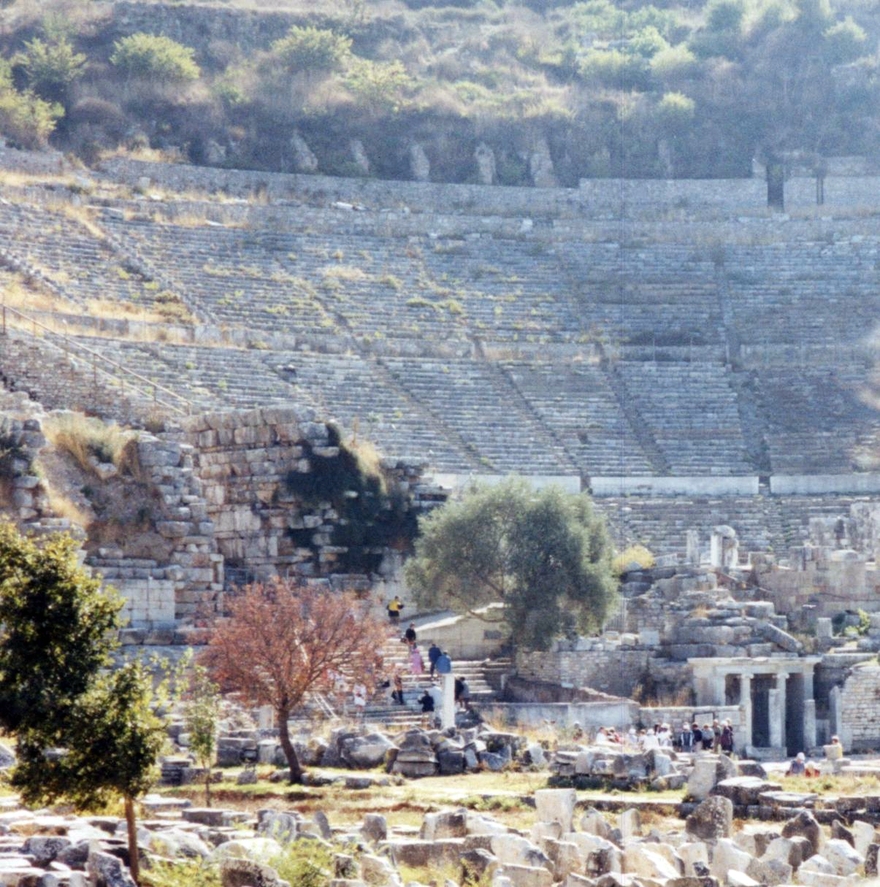 The Great Theatre is located on the slope of Panayir Hill, opposite the Harbor Street. It was first constructed in the Hellenistic Period, in the third century BC during the reign of Lysimachos, and during the Roman Period, it was enlarged and formed its current style that is seen today. It is the largest in Anatolia and has the capacity of 25,000 seats. The cavea has sixty six rows of seats, divided by two diazoma (walkway between seats) into three horizontal sections.
The Great Theatre is located on the slope of Panayir Hill, opposite the Harbor Street. It was first constructed in the Hellenistic Period, in the third century BC during the reign of Lysimachos, and during the Roman Period, it was enlarged and formed its current style that is seen today. It is the largest in Anatolia and has the capacity of 25,000 seats. The cavea has sixty six rows of seats, divided by two diazoma (walkway between seats) into three horizontal sections.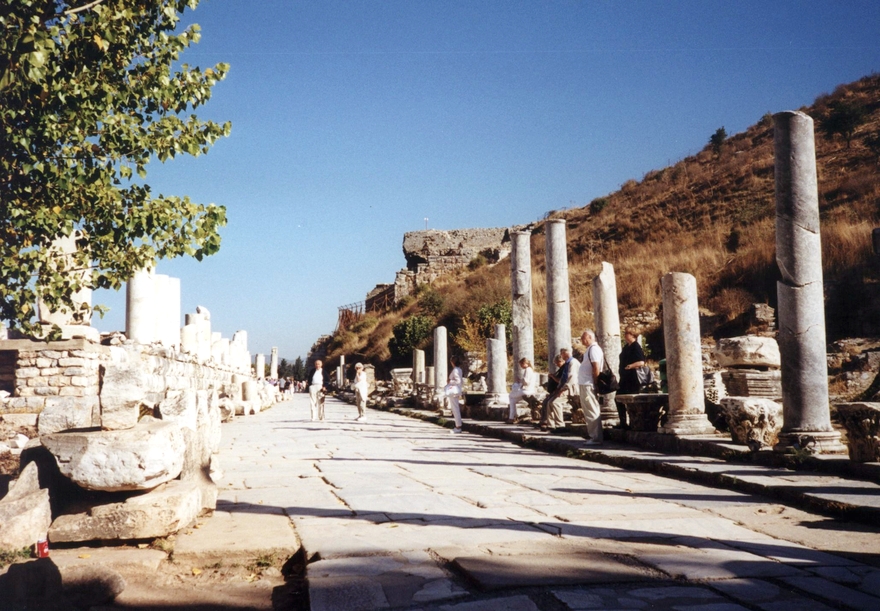
Marble Road: The construction of the marble road dates to the 1st century A.D, and it was rebuilt in the 5th century.
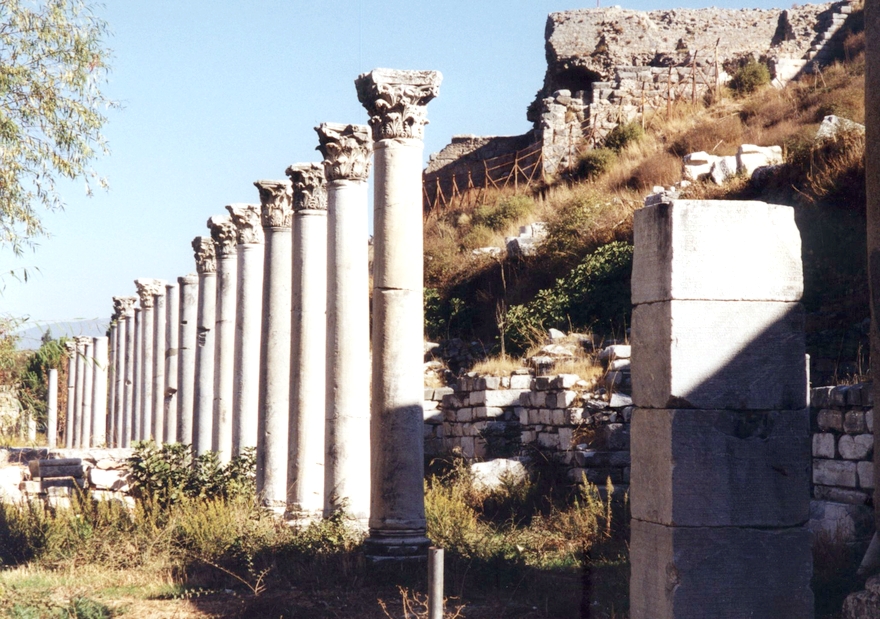 (I think this is:) One side of the Agora ( marketplace). The Agora was built in the third century B.C in the Hellenistic Period, but the ruins date from the reign of Caracalla (211–217 a.d.) It is in the form of a square, each side 110 meters, and surrounded completely by columns.
(I think this is:) One side of the Agora ( marketplace). The Agora was built in the third century B.C in the Hellenistic Period, but the ruins date from the reign of Caracalla (211–217 a.d.) It is in the form of a square, each side 110 meters, and surrounded completely by columns.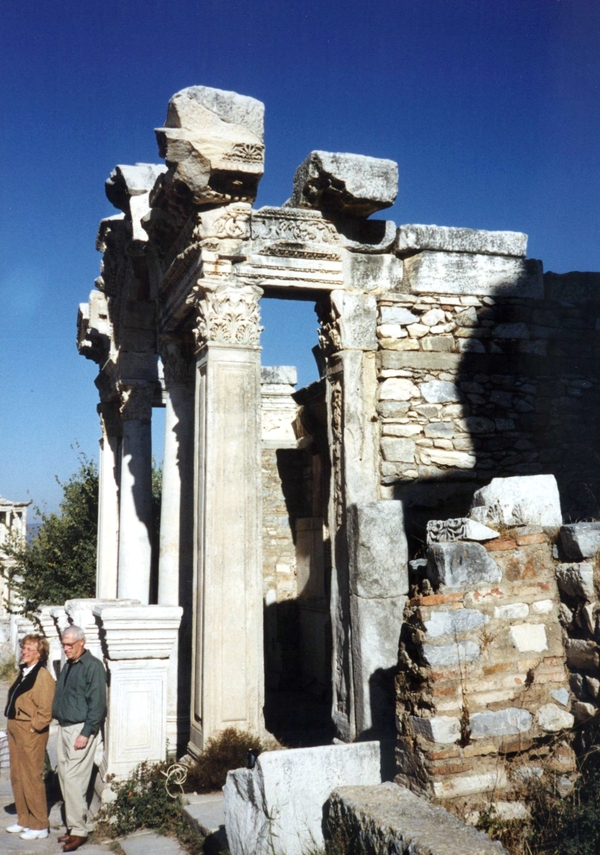
Fountain of Trajan was built in around 104 a.d.
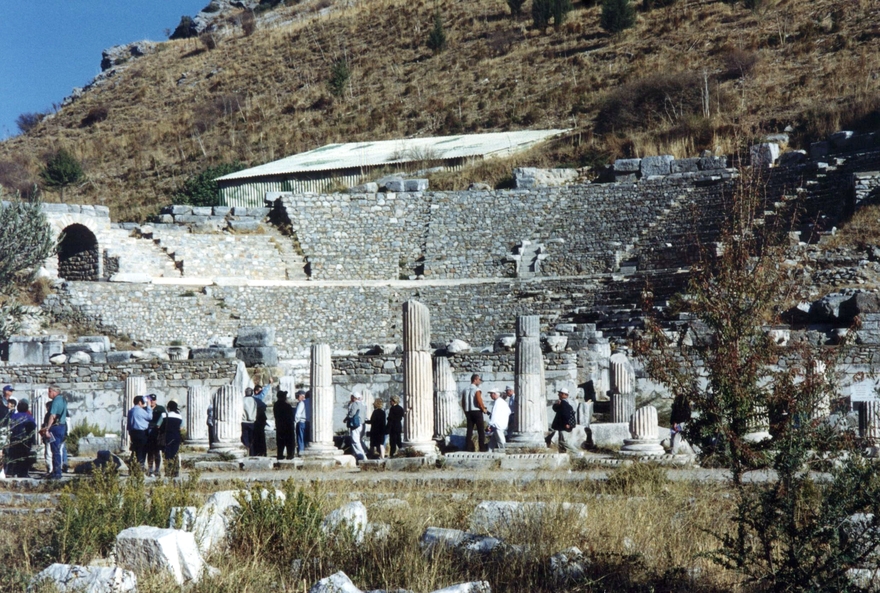
The smaller of the two amphitheatres, the Odeon, had a capacity of 1,500 spectators.
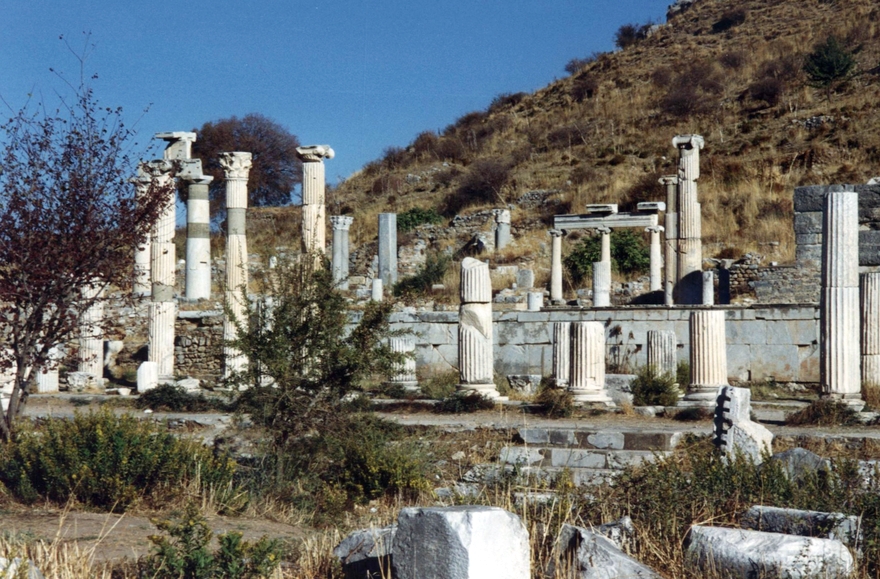
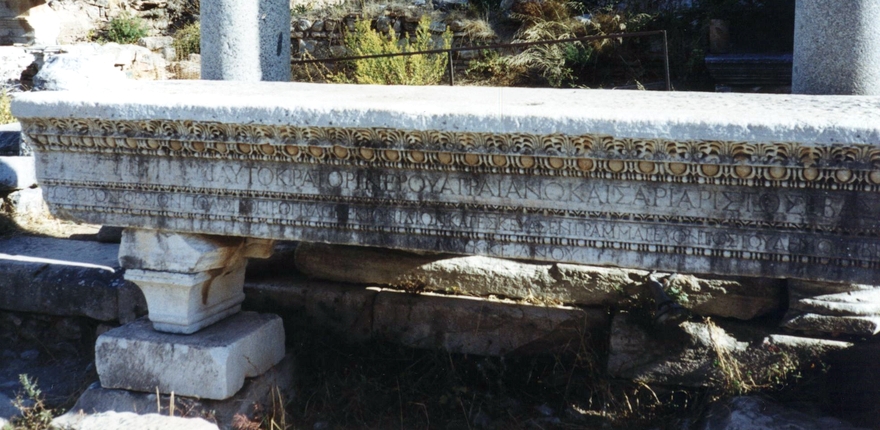
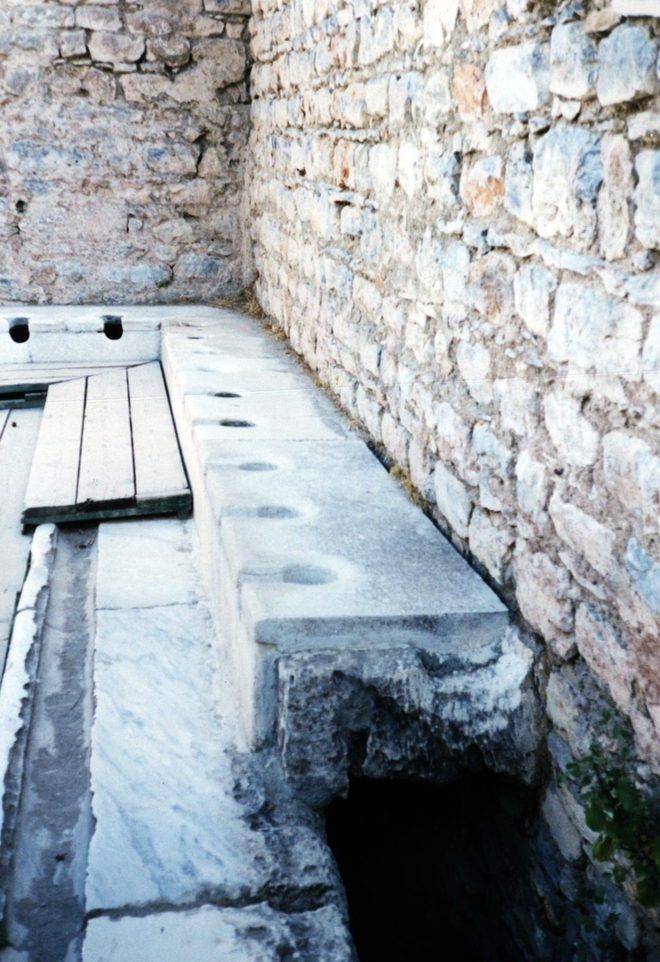
The Scholastica baths were built in the 1century a.d. The guides take great pleasure from of the tourist reactions to this 44-seat public privy. Look for the key-hole shaped “seats” that are cut into the marble shelf, (one would “back up” to sit down, eh?). The seats are over a trough with running water that carried the waste out into the ceramic sewer pipes under the streets and thence out into the harbor.
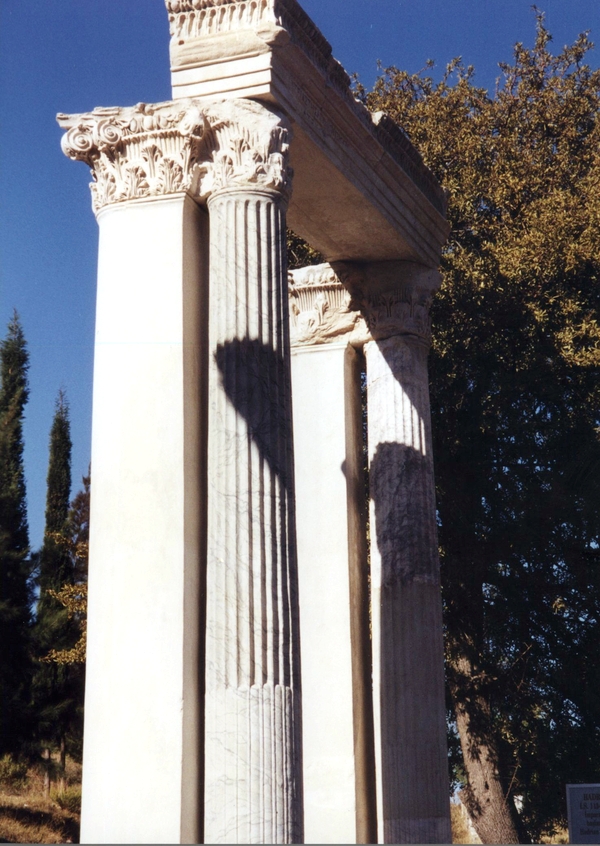
Hadrian’s Gate
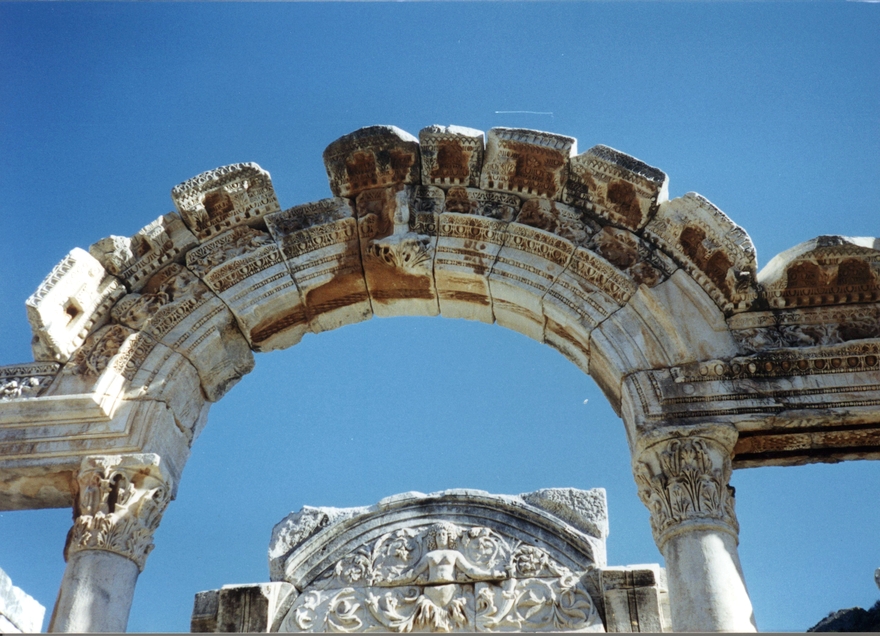
(Outer door to) Hadrian’s Temple was built before 138 a.d. by P.Quintilius and was dedicated to the Emperor Hadrian.
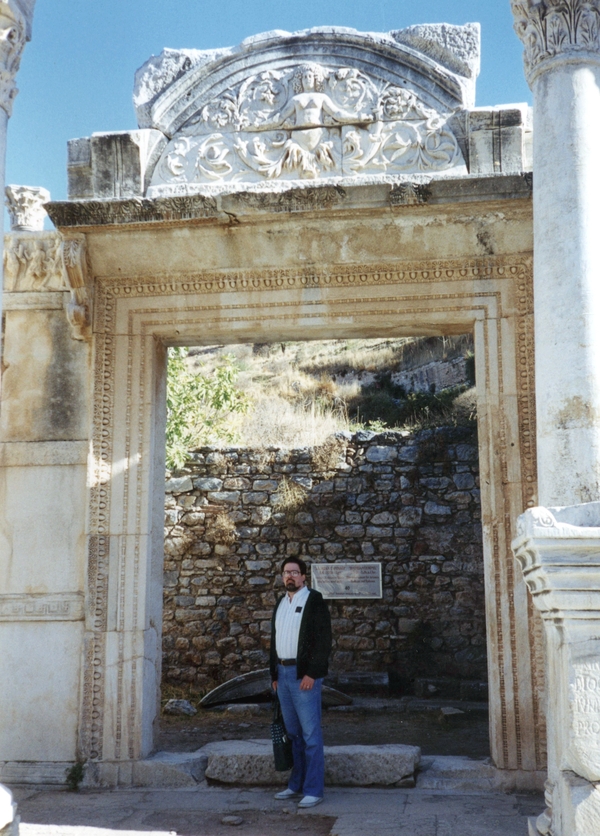
Above the inner door of Hadrian’s Temple is a human figure,
probably Medusa, who stands with ornaments of acanthus leaves.

Michael Ray in front of the Memmius Monument

Michael made a new friend.
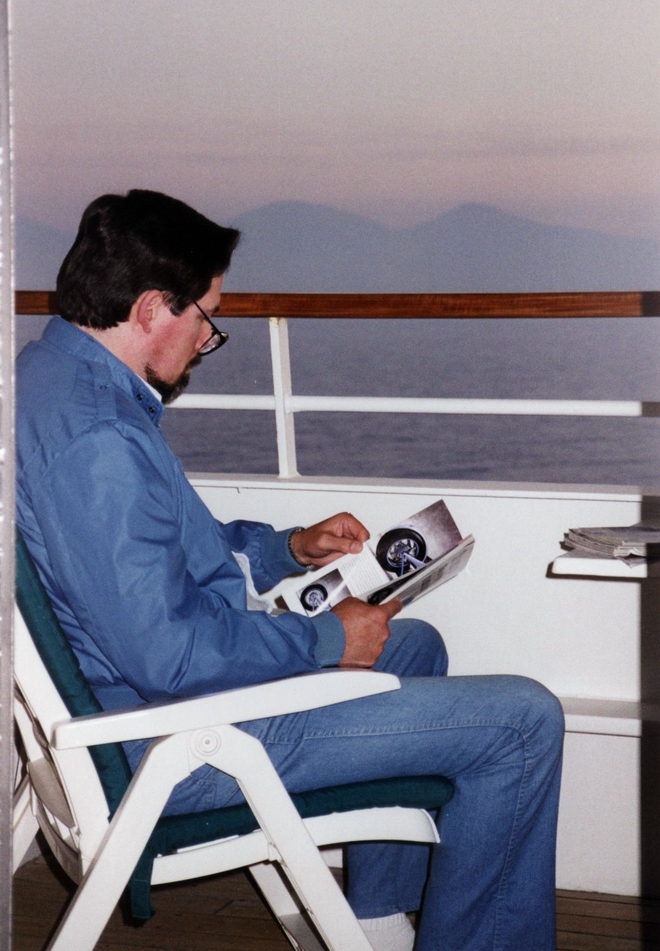
Michael reading his Italian motorcycle magazine as we sail away.

